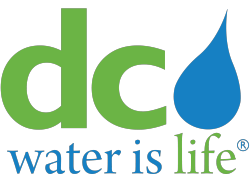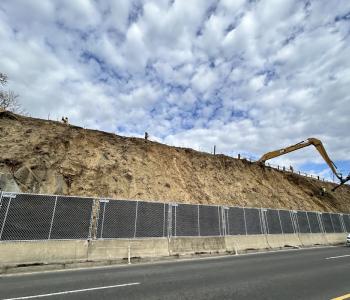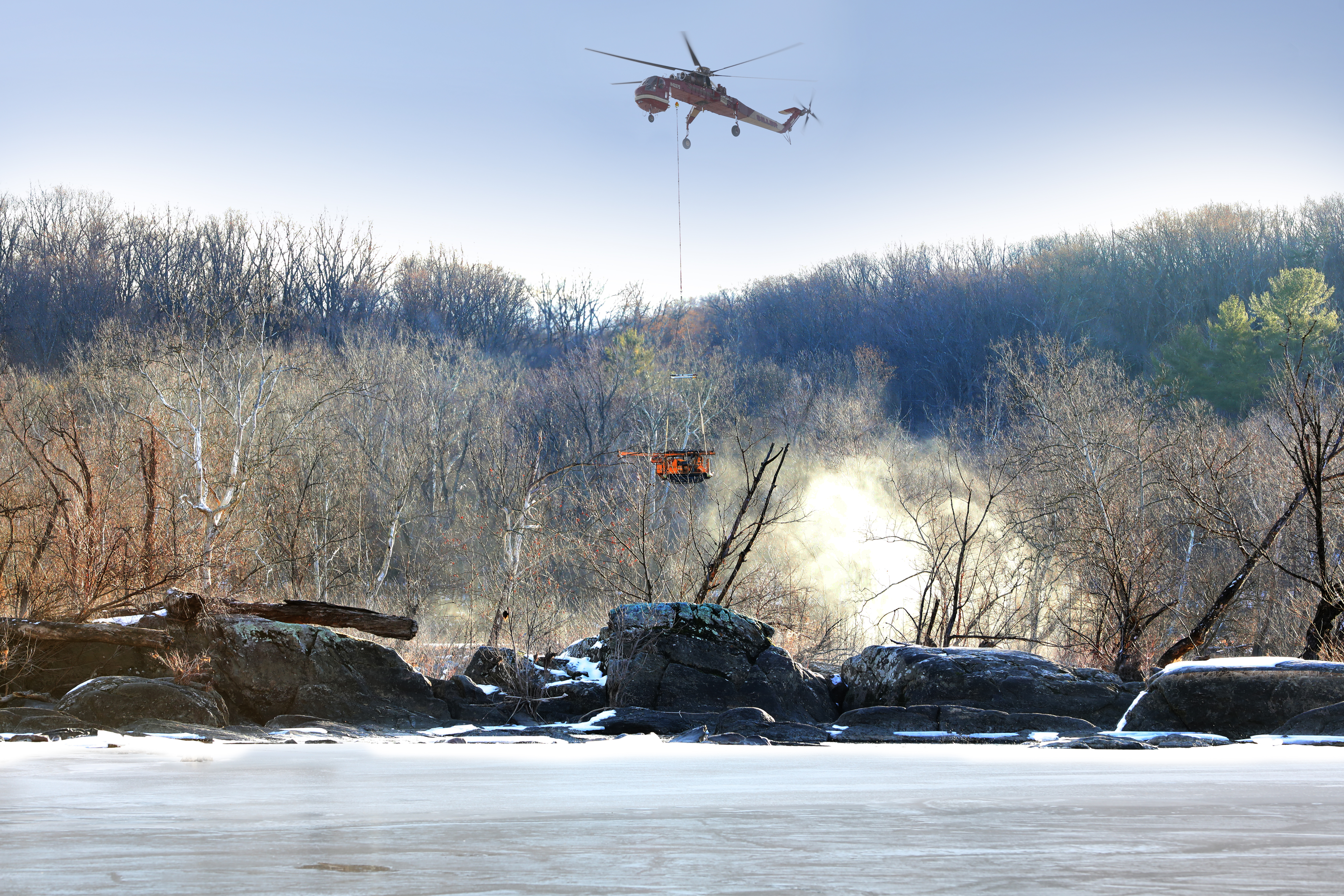REPORT RAISES UNFOUNDED DRINKING WATER CONCERNS
DISTRICT DRINKING WATER IS SAFE
The District of Columbia Water and Sewer Authority (WASA) and the U.S. Army Corps of Engineers Washington Aqueduct are reassuring District drinking water customers that the water they provide meets federal Environmental Protection Agency (EPA) standards for public health safety.
The recent media coverage of a report by the Environmental Working Group (EWG) titled "Chlorine Pollutants at High Levels in DC Tap Water" generated public concern over the safety of our drinking water following a temporary increase in chlorine in the water treatment process this spring.
EWG measured two groups of disinfection byproducts (DBPs) that are formed when chlorine reacts with certain organic materials naturally present in drinking water. "In its report, EWG has interpreted individual test results as a breach of the federal health limits," said Jerry N. Johnson, WASA General Manager. "This is incorrect. The federal health limits are based on running averages for four consecutive quarters, not single readings, and drinking water provided by WASA is well within these limits and was at the time of the chlorine burn in 2007. Even with the peak levels recorded in the EWG tests, DBPs in District water were well within the limits set by EPA regulations." WASAs health advisor contributed to the agencies response to the EWG report indicating that research does not indicate that temporary spikes are harmful, and that the EPA has issued regulations that are intended to reduce cumulative, lifetime exposure to certain health risks.
Chlorine is essential to safe drinking water, and its use as a water disinfectant since the turn of the century has virtually eliminated waterborne diseases such as cholera and typhoid fever. Most U.S. water systems routinely use chlorine in some form to safely disinfect water while meeting EPA standards for potential byproducts. In its report, EWG provided its test results of District water samples taken at the end of a one-month chlorine burn (April 7, 2007 May 7, 2007). A burn is a common water utility practice used periodically to prevent excessive bacteria buildup in the water distribution system (Regulatory agencies in many states mandate that a "chlorine burn" be performed annually.) The burn performed by the Aqueduct was coordinated with its wholesale customers as well as with EPA.
WASA, Arlington and Falls Church buy drinking water from the Washington Aqueduct and distribute it to homes, businesses and institutions. Consumers who are immuno-compromised or with similar conditions should always follow the advice of their healhcare providers in consuming tap water.
Also included in this report is information on water test results (THM and HAA Graph), drinking water treatment process, health risk assessment, AMWA response to EWG Report, and water quality FAQs. See files under the Related Links section below.







